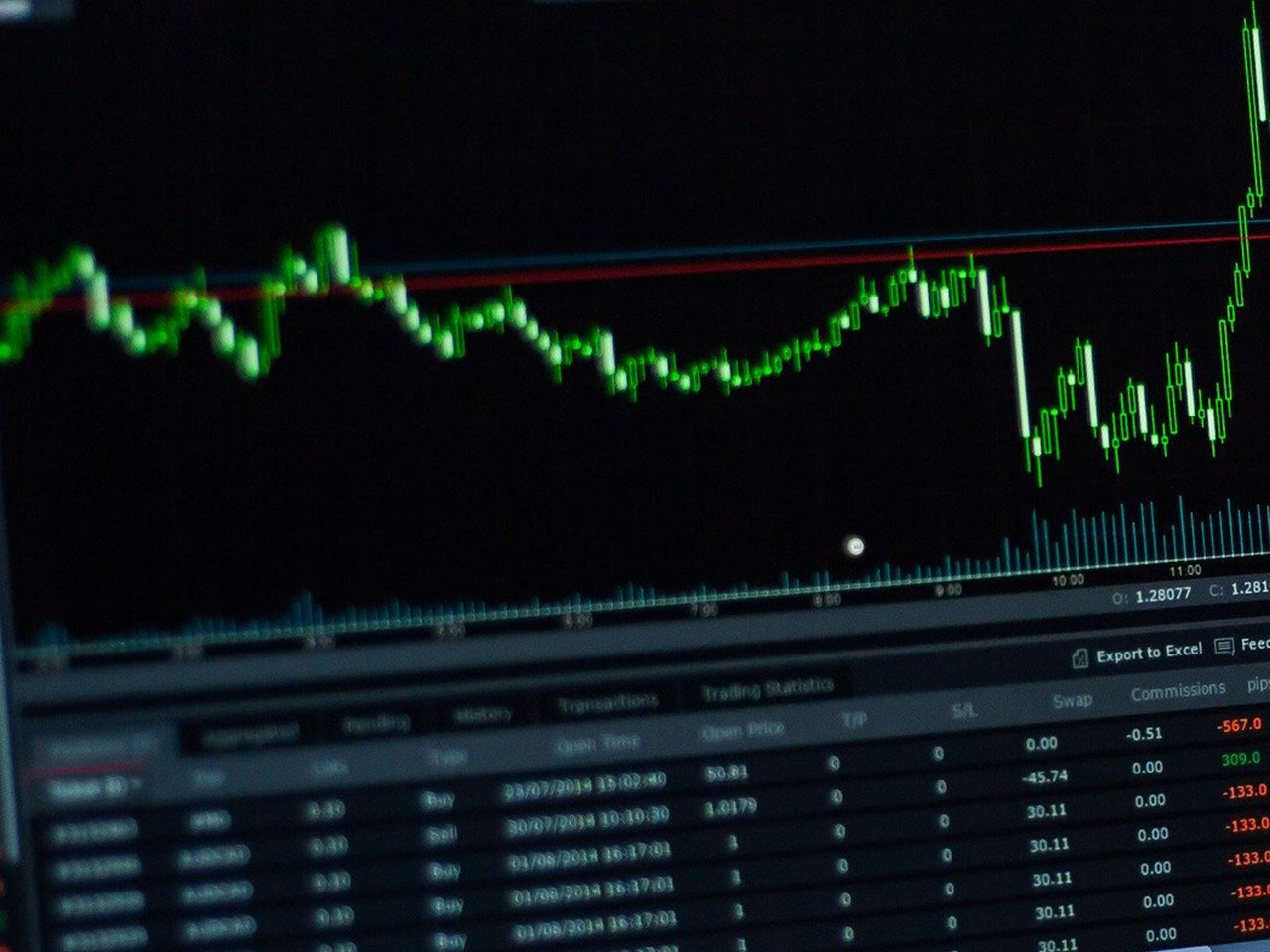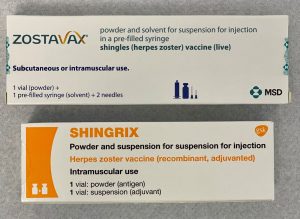Schrödinger, Inc. (NASDAQ: SDGR) is carving out a significant niche within the healthcare sector, specifically in the health information services industry. With a market capitalization of $1.51 billion, Schrödinger offers a unique blend of software technology and drug discovery, which positions it as a compelling player to watch in the life sciences and materials science industries.
Currently trading at $20.63, Schrödinger’s stock has experienced a modest decline of 0.02%, reflecting broader market volatility. However, the company’s 52-week price range from $16.98 to $26.69 suggests potential room for upward movement, particularly as analysts set a bullish average target price of $31.78, indicating a potential upside of 54.04%. This optimism is further supported by the six buy ratings from analysts, compared to just two hold ratings and no sell ratings.
Schrödinger’s financial metrics reveal a company in growth mode, driven by an impressive revenue growth rate of 62.70%. Despite this, the firm is currently not profitable, as indicated by a negative EPS of -2.63 and a concerning return on equity of -43.33%. These figures highlight the challenges the company faces as it invests heavily in its dual-segment model of software and drug discovery. The forward P/E ratio of -7.87 underscores the expectations of continued losses in the near term but also reflects the potential for future earnings growth as the company scales.
On the technical front, Schrödinger’s stock is hovering below its 50-day moving average of $22.86 and slightly below the 200-day moving average of $21.42. The Relative Strength Index (RSI) of 55.79 suggests the stock is neither overbought nor oversold, providing a neutral stance from a technical analysis perspective. Meanwhile, the MACD and signal line are both at -0.64, indicating a need for cautious optimism among technical traders.
Schrödinger’s business model leverages a physics-based computational platform that aids in the discovery of novel molecules, a crucial component in drug development and materials applications. The company’s strategic collaboration with Novartis Pharma AG highlights its potential to advance multiple development candidates, underscoring the potential for significant partnerships in the pharmaceutical industry.
Investors should be aware that Schrödinger does not currently offer a dividend, focusing instead on reinvesting in its growth strategies. The absence of a dividend yield and a payout ratio of 0.00% signals that the company is channeling resources into expanding its technological and research capabilities.
For investors considering Schrödinger, the opportunity lies in its innovative approach to drug discovery and software development. While the company faces financial hurdles in terms of profitability, its rapid revenue growth and strong analyst support paint a picture of a company with significant long-term potential. As Schrödinger continues to develop its portfolio and expand its industry collaborations, it stands as a promising prospect for those willing to navigate the inherent risks of a growth-focused enterprise in the healthcare sector.








































